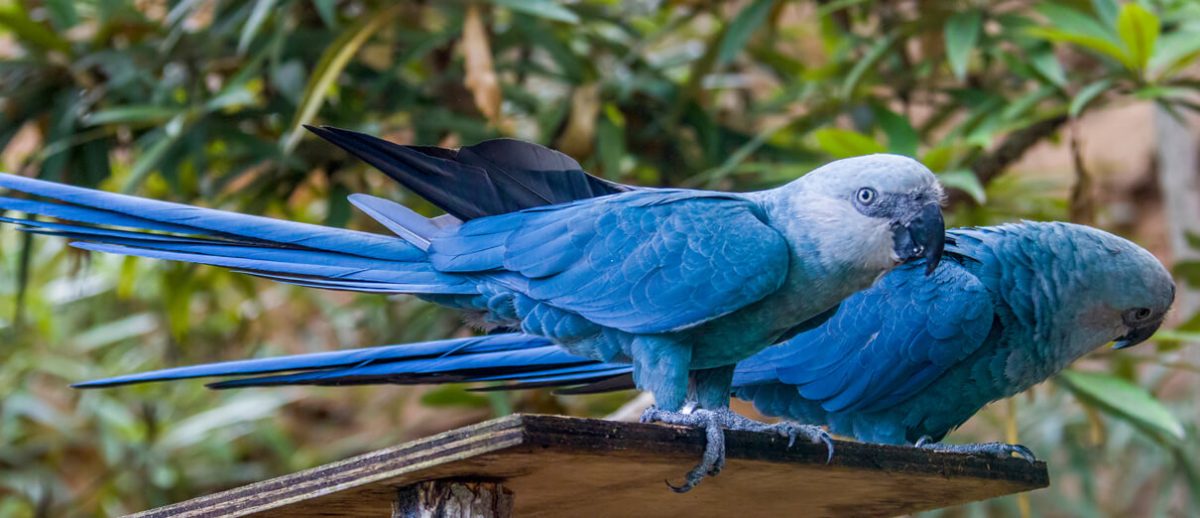Did you know that the Spix Macaw went extinct in the wild in 2019? The Little Blue Macaw also known as the Spix Macaw is the same species of bird that Blu is from the movie Rio. They originate in Brazil and were first discovered in 1832. Deforestation and illegal pet trade was the main reason they went extinct. By the end of 1987 just one wild male remained.
Thanks to movies, songs, education programs and many people in the world, an international team of partners has been working for decades to bring this species back to the wild. These Macaws depend on mature trees to create nests and lay eggs. Females usually lay two to three eggs, which she then incubates for almost a month. Nestlings usually remain in the nest cavity for two months. Spix macaws don’t breed until they are about 4 years old.
The international partners released 8 in June of 2022 and another dozen were released at the end of 2022. By 2023 the reintroduced population survival rate was about 58.3% but based on other parrot reintroductions the researchers were ready to consider anything above 30% a step in the right direction. The macaws also had good cohesion, one couple even successfully bred their first year back in the wild which was a sign the project was going in the right path. Although there have been many advances they are still far from being secured. The partners calculated that for them not to go extinct in the next 100 years they would have to grow 700-800 birds which would put more responsibility on them to watch over them carefully. Their original plan was to continue to introduce more macaws in the wild until they felt comfortable enough to let them be on their own with little supervision. In May of 2024 ICMBio announced that they would not renew the cooperation agreement leaving the future of the rarest most endangered species of parrot unknown.



